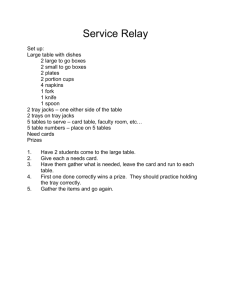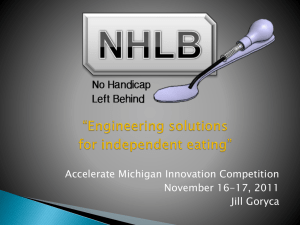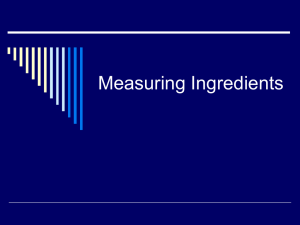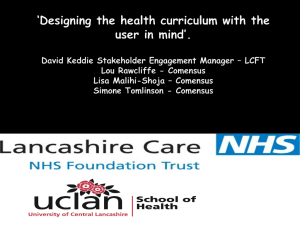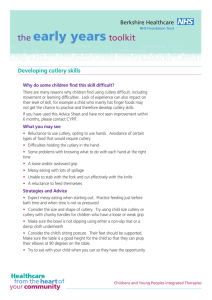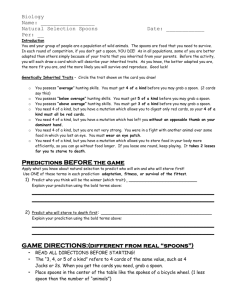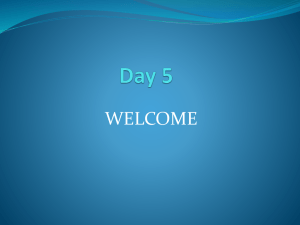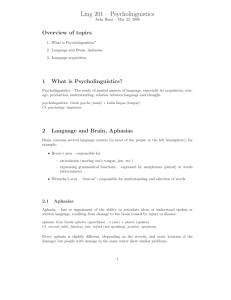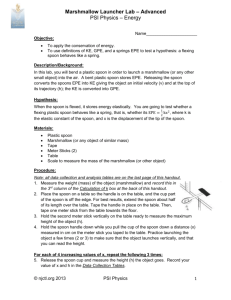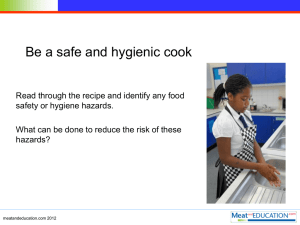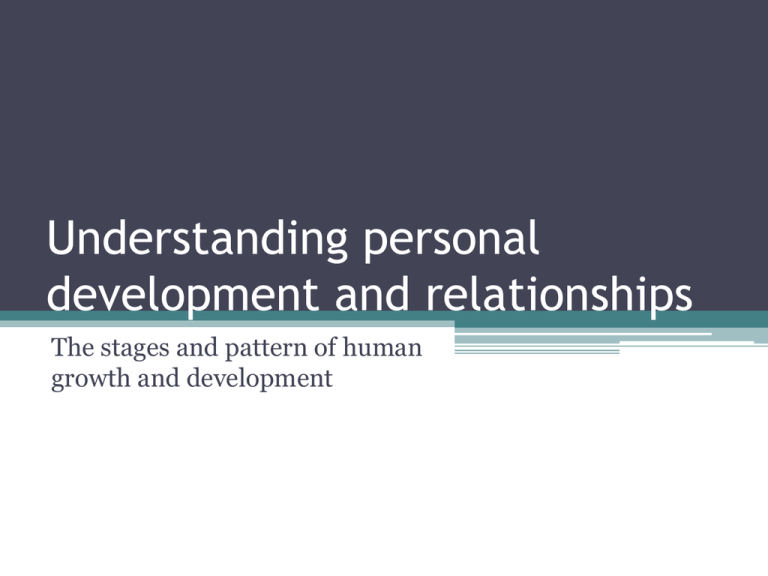
Understanding personal
development and relationships
The stages and pattern of human
growth and development
Physical
development
Development of the
body, balance and
control of
movements
Intellectual
development
Development of
thinking, reasoning,
knowing and
understanding
Emotional
development
Development of
feelings, such as
excitement, love,
pride, jealousy
Social
development
Personal care, play,
learning to interact
in groups and
sharing, personal
relationships
(learning to get on
with other people)
Age
Physical development
Intellectual
development
Emotional
development
Social
development
1
month
Holds head erect for a few seconds.
Eyes follow a moving light
Interested in sounds
Cries in response to
pain, hunger and thirst
May sleep up to 20 hours
in a 24 – hour period.
Stops crying when picked
up and spoken to
3
months
Eyes follow a person moving. Kicks
vigorously
Recognises carer’s face.
Shows excitement.
Listens, smiles, holds
rattle.
Enjoys being cuddled
and played with. Misses
carer and cries for carer
to return
Responds happily to
carer. Becomes excited
at prospect of a feed or
bath
6
months
Able to lift head and chest up supported
by wrists. Turns to a person who is
speaking
Responds to speech.
Vocalised. Uses eyes a
lot. Holds toys. Explores
using hands. Listen to
sound.
Can be anxious in
presence of strangers.
Can show anger and
frustration. Shows a
clear preference for
mother’s company
Puts everything in mouth.
Plays with hands and
feet. Tries to hold bottle
when feeding
9
months
Stands when supported. May crawl.
Gazes at self in mirror
Tries to hold drinking cup.
Sits without support.
Tries to talk , babbling.
May say “Mama” and
“Dada”. Shouts for
attention. Understands
“No”. Still anxious about
strangers. Sometimes
irritable if routine is
altered
Can recognise individuals
– mother, father, siblings.
Play “Peek – a – boo”.
Imitates hand clapping.
Puts hands round cup
when feeding
12
months
Pulls self up to standing position. Uses
pincer grip. Feeds self using fingers.
May walk without assistance.
Knows own name. Obeys
simple instructions. Says
about three words.
Shows affection. Gives
kisses and cuddles.
Likes to see familiar
faces but less worried
by strangers
Drinks from a cup without
assistance. Holds a
spoon but cannot feed
self. Plays “Pat – a –
cake”. Quickly finds
hidden toys.
Age
Physical
development
Intellectual
Emotional
development development
Social
development
1-1 ½
years
Walks well, feet apart. Runs
carefully. Pushes and pulls
large toys. Walks upstairs.
Creeps backwards
downstairs.
Uses 6-20 recognisable
words. Repeats last
word of short sentences.
Enjoys and tries to join
in with nursery rhymes.
Picks up named toys.
Enjoys looking at simple
picture books. Builds a
tower of 3-4 bricks.
Scribbles and makes
dots. Preference for
right or left hand shown.
Affectionate, but may still
be reserved with
strangers. Likes to see
familiar faces
Able to hold spoon and
to get food into mouth.
Holds drinking cup and
hands it back when
finished. Can take off
shoes and socks. Bowel
control may have been
achieved. Remembers
where objects belong
2 years
Runs on whole foot. Squats
steadily. Climbs on furniture.
Throws a small ball. Sits on a
small tricycle and moves
vehicle with feet
Uses 50 or more
recognisable words;
understands many more
words; puts two or three
words together to form
simple sentences.
Refers to self by name.
Asks names of objects
and people. Scribbles in
circles. Can build a
tower of six or seven
cubes. Hand preference
is obvious
Can display negative
behaviour and resistance.
May have temper
tantrums if thwarted.
Plays contentedly beside
other children but not with
them. Constantly
demands mother’s
attention
Asks for food and drink.
Spoon feeds without
spilling. Puts on shoes
Age
Physical
Intellectual
Emotional
Social
development development development development
2-2 ½ years
All locomotive skills now
improving. Runs and
climbs. Able to jump
from a low step with feet
together. Kicks a large
ball.
May use 200 or more
words. Knows full name.
Continually asking
questions, likes stories
and recognises details in
picture books.
Recognises self in
photographs. Builds a
tower of seven or more
cubes
Usually active and
restless. Emotionally still
very dependant on
adults. Tends not to
want to share playthings
Eats skilfully with a
spoon and may
sometimes use a fork.
Active and restless.
Often dry through the
day
3 years
Sits with feet crossed at
ankles. Walks upstairs
with one foot on each
step.
Able to state full name,
sex and sometimes
Becomes less prone to
temper tantrums.
Affectionate and
confiding, showing
affection for younger
siblings. Begins to
understand sharing
Eats with a fork and
spoon. May be dry
through the night
Age
Physical
Intellectual
Emotional
Social
development development development development
4 -10 years
During this period
children continue to
develop and perfect
many physical skills
which were acquired at
birth:
•Running
•Walking
•Climbing
•Riding a tricycle
•Sitting cross-legged
•Moving in time with
music
•Playing ball games
Children from the age of
four are able to recount
recent events for
example name, address,
age and birthday. Also
children are able to gain
control in writing and
drawing and are able to
develop a greater
capacity for directed
thinking (the ability to
concentrate on one
thing)
By the age of 5-6
children are able to:
•Use a fork, spoon and
knife
•Manage with difficult
fastenings e.g. Buttons
•And relate time to their
daily routine
Between the ages of 710 children become
more independent and
everything revolves
around family, school
and the community. Self
– image and identity
begin to develop. At the
age of 10 childhood has
nearly finished and
puberty is beginning
•Between the ages of 410 girls tend to develop
more rapidly then boys.
•By the age of 9 special
friendships would have
developed but children
of this gge are critical of
others and some
individuals may be
excluded from
playground games
Age
Physical
Intellectual
Emotional
Social
development development development development
11-18 years
Puberty: this is when
physical changes occur
to the body as a result of
the increased production
of sex hormones these
being oestrogen in girls
and testosterone in boys
Adolescents begin:
•To think about
themselves and what
other people think about
them.
•To compare the ideal
world with what they
experience in reality
•To experiment with
different identities
Adolescents often
experience mood swings
and feelings of
ambivalence.
Adolescence is a time
when a person is neither
a child or an adult .
However, it is also a
time when interest in sex
begins.
•Psycho-social:
describing problems or
issues that affect a
person’s mental or
psychological state as
well as affecting their
relationships and social
contacts
As parents
Children
Future
Parents
Family
Finance
(pension)
Boss
Friends
Work
Leisure
Adults are required to take responsibility
for themselves and others may be
dependant upon them.
Work
colleagues
Outside circumstances
(e.g. Peace or war,
disease, epidemics)
Level of wealth
Family background
Life expectancy
Gender
Occupation
Family medical history
Lifestyle (e.g. Smoking,
drinking type of
accomodation

